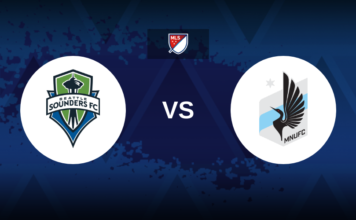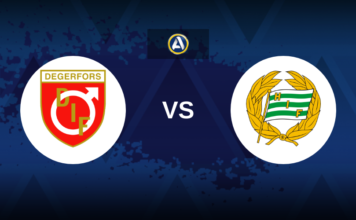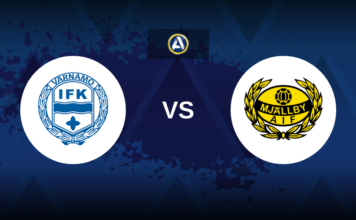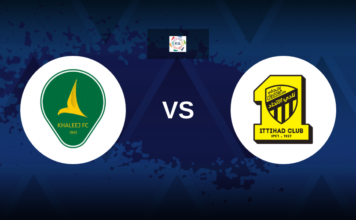From Leverkusen’s tactical revolution to Madrid’s Galactico pressure cooker — can Xabi Alonso balance ego, flair, and expectation to lead Real Madrid into a new golden age?
Imagine walking back into the Santiago Bernabéu, not just as a former legend of the club, but as the man chosen to lead Real Madrid into its next era. That’s the challenge now facing Xabi Alonso.
For years, Madrid have lived in a state of constant evolution. Casemiro departed. Toni Kroos has now retired. And Luka Modrić is nearing the final whistle of his remarkable career. A proper new core hasn’t quite been cemented—yet.
But the torch is already being passed.
Madrid now boasts a fresh, dynamic midfield of Jude Bellingham, Eduardo Camavinga, Aurélien Tchouaméni, and Federico Valverde. Even young Arda Güler, despite limited minutes, is brimming with potential. The talent is there. The question is: what will Xabi Alonso do with it?
From Leverkusen to Madrid: A Tactical Transformation
This isn’t a case of a coach riding a hot streak. Alonso didn’t just lead Bayer Leverkusen to silverware—he completely reinvented them. Under his leadership, they went unbeaten in the Bundesliga, transforming from an inconsistent outfit into a tactical powerhouse.
Alonso’s Leverkusen often lined up in a flexible 3-4-2-1, built on intelligent possession, vertical progression, and tactical adaptability. With players like Xhaka and Palacios shielding the defense and facilitating transitions, the wing-backs were free to surge forward. It was a system that could shift seamlessly into a 4-2-3-1, depending on the opposition and game state.
But now he’s at Real Madrid—a club where tactical patience is a luxury and domination is expected from Day One.
Madrid’s Midfield: Built for Alonso’s Ideas?
The good news? Alonso inherits a squad that already includes players tailor-made for his style:
- Camavinga and Tchouaméni can serve as physical and technical pivots.
- Valverde thrives in transition.
- Bellingham, if given the freedom to roam, could be the ideal box-crashing No. 8 in Alonso’s structure.
The key for Alonso will be integrating these midfielders into a functioning system while respecting Madrid’s Galactico DNA. Because at Real Madrid, benching a star isn’t just tactical—it’s political.
The Attack: Managing Stars Without Losing Structure
Then come the real challenges.
Kylian Mbappé is a force of nature, but he’s also a system unto himself. He craves space, freedom, and the ability to drift. Vinícius Jr. is similarly dynamic—dominant on the left and unpredictable in his movement. Rodrygo adds flair and goals from the right, and Bellingham often ghosts into the box from deep.
How do you manage four stars who all want to be the focal point?
Alonso’s tactical flexibility will be tested to the limit. One solution could involve a hybrid 3-4-2-1, allowing:
- Mbappé to play as a free-roaming left-forward,
- Vinícius to stay wide or come inside depending on the shape,
- Bellingham to take a central attacking midfield role,
- Valverde/Camavinga to provide midfield balance and legs,
- And Trent Alexander-Arnold (newly signed) to add width and creativity from the right.
But how do you keep all of them happy? That’s where Alonso must be more than a tactician—he must be a diplomat.
Defensive Rebuild: Structure Over Stars?
Alonso built a rock-solid defense at Leverkusen, maximizing the potential of Tah and Tapsoba. Now, at Madrid, he’ll have elite defenders in Rüdiger, Militão, and a returning David Alaba. The club also signed the promising Daniel Huijsen from Bournemouth—a composed, confident young centre-back.
Still, issues remain:
- Can this backline play a high line effectively?
- What happens at left-back? Ferland Mendy is reliable but limited going forward. Fran García is raw. Madrid are reportedly targeting Álvaro Carreras of Benfica—a former Madrid academy player reborn in Portugal.
If Alonso opts for a back three, we could see a trio of Militão–Rüdiger–Huijsen, with Trent providing width and progressive play from the right. But that system likely means sacrificing one of the forwards—something Madrid rarely tolerates.
The Transfer Market: Gaps to Fill
Even with elite talent across the board, Madrid aren’t complete:
- Backup striker: Alonso’s system demands a central forward who can hold up play. Neither Vinícius nor Mbappé are natural 9s.
- Goalkeeping depth: Courtois is returning from injury, and Lunin may seek regular minutes elsewhere.
- Veteran presence: With Modrić and Kroos nearing their end, Alonso will need leaders in the dressing room.
- Rotation options: Talents like Nico Paz, Endrick, and Arda Güler could shine, but the squad needs balance.
The good news is, Madrid’s scouting and spending power means reinforcements are always within reach.
Pressure Cooker: Media, Ego, and Expectations
Managing Real Madrid isn’t just about tactics. It’s about weathering the storm.
One bad result and the media questions everything. At Leverkusen, Alonso was praised for his bravery. At Madrid, the same risks could be painted as arrogance.
Carlo Ancelotti succeeded by managing egos, maintaining calm, and being universally respected. Alonso must walk the same tightrope while still being himself—a visionary, not a people-pleaser.
The Verdict: Can He Build a Dynasty?
Xabi Alonso has the tactical brain, the emotional connection to the club, and the experience of elite dressing rooms. But he won’t have time. Madrid never gives it.
Success in his first season doesn’t have to mean a treble. A strong run in the Champions League, a competitive La Liga title chase, and a clear tactical identity would already be a big win.
If he blends youth with stardust, order with chaos, and structure with freedom—he could spark a new Madrid dynasty.







